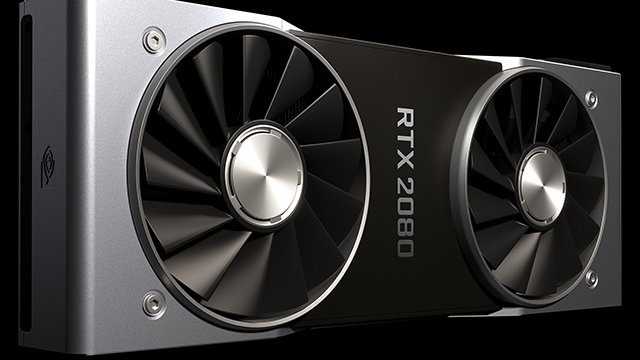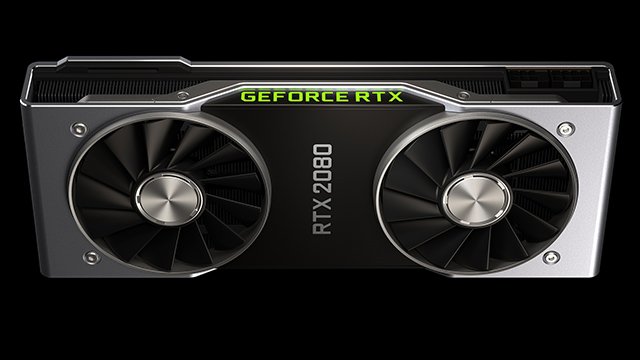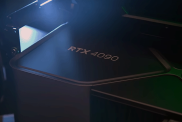2080 vs 1080, the new graphics card on the block going up against its direct descendant, is going to be a hot topic on the lips of PC gaming enthusiasts for the next few months. The RTX 2080 , thenew Turing GPU finally announced at the Nvidia event in Cologne, Germany during Gamescom 2018, is heavily centered around ray tracing for improved lighting effects in-game.
But what will this translate to when it comes to solid FPS gains over last-gen graphics cards? There’s only so much we can comfortably predict before trying them out for ourselves, but an idea of how a 2080 vs 1080 scenario would play out is what we’re attempting to do before then.
2080 vs 1080 – How Much Will the 2080 Cost?
Leaked by Nvidia itself moments before CEO Jensen Huang managed to get to the information during the stage show, the RTX 2080 price was set at an eye-watering $799.00.
As Huang clarified during the presentation, however, the price only applies to the Founders Edition cards. These are the cards Nvidia revealed on-stage featuring a minimalistic shroud/cooler design when compared to last-generation Founders Edition cards.
That means you’ll be looking at paying a premium to get your hands on what is essentially a collector’s edition GPU direct from Nvidia when it launches “on or around” September 20. Wait a little longer, and you’ll save $100 as the Founders Edition RTX cards make way for the standard RTX 2080 at $699.
2080 vs 1080 – Performance and FPS

Judging a 2080 vs 1080 fight without any official specs or a card to test is a tricky subject to tackle, but years of similar release information from past GPU releases should help us identify the average increase we can expect to see in a 2080 vs 1080 comparison as a rough reference for now.
Nvidia follows a fairly strict naming convention when it comes to GPUs. In the case of the GTX 1080, the first two numbers relate to the generation (Pascal) whereas the last two digits denote its place when stacked against other cards of the same generation. The general rule is that the higher the second half of the number is, the more powerful it is.
An example being that a GTX 1060 is weaker than a 1070. When looking to compare a new generation against the old (like a 970), we typically expect to see one generation higher drop lower on the scale; so a GTX 1060 is comparable to that of the GTX 970.
In the case of the RTX 2080 vs 1080, we expect the RTX 2080 to be comparable to that of the GTX 1080 Ti – which was in itself a step above the regular GTX 1080. Improvements in efficiency should help the RTX 2080 push ahead as it fights against the 1080 Ti, however, making it a more appealing proposition for those looking for raw power, with the added ray tracing tech set to add more realistic lighting to supported games.
HWBench puts the GTX 1080 at 66% higher against the GTX 980 when it comes to gaming performance, whereas the 980 was only 33% stronger compared to the practically ancient GTX 780.
2080 vs 1080: Is the RTX 2080 Worth it?
The 2080 vs 1080 battle is already lost on pricing alone given the $799 launch price of the Founders Edition RTX 2080. That’s a $100 premium compared to the Pascal-based GTX 1080 released two years ago.
Of course, Founders Edition pricing is a whole different beast compared to the cards most of us will consider picking up further down the line. But the $100 price difference remains the same, with non-Founders Edition RTX 2080 cards set to go out at $699 against the $599 MSRP of similar GTX 1080 chips.
So, is the RTX 2080 worth that $100 premium? For gamers still big on single-player adventures, we’re inclined to say “yes.” The visual fidelity offered by ray tracing should add an extra degree of realism to your games that you’ll likely never want to be without again.
For multiplayer-focused gamers, however, we’re not entirely sure the core FPS gains offered by an RTX 2080 vs 1080 will be enough to justify the high price.








